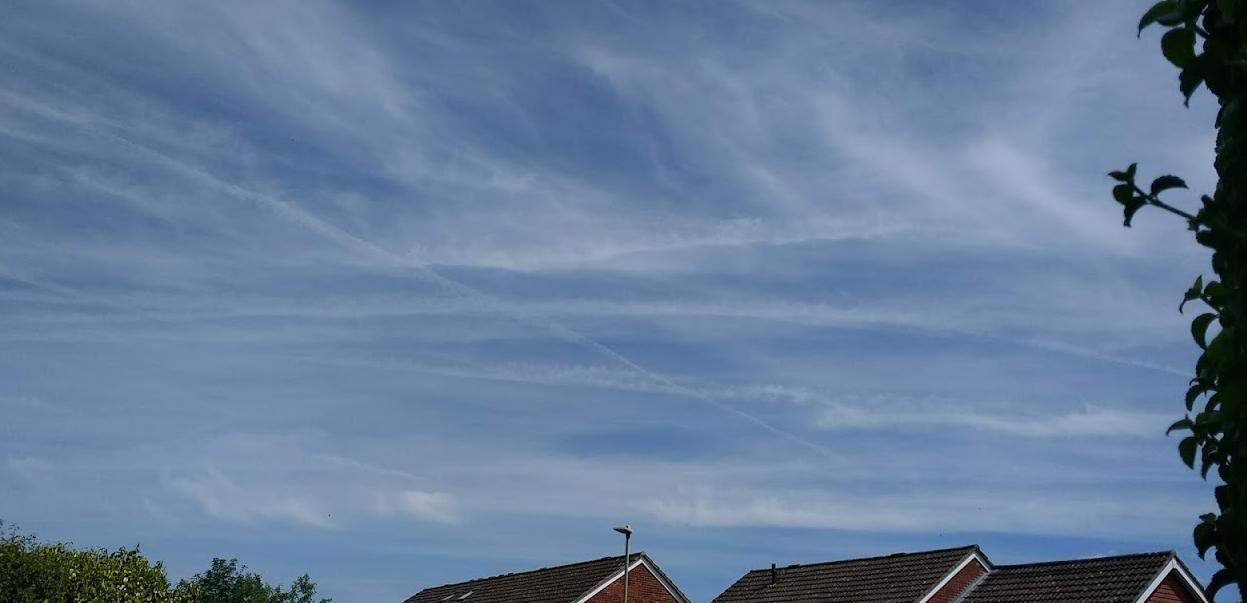2022-05-29
Water has one oxygen atom, peroxides have two, and now trioxides which have three have been discovered to exist in our atmosphere, at least temporarily, under some conditions.
But before we press the panic button, blame chemtrail aerosols, or otherwise jump to incorrect conclusions:
"These compounds have always been around -- we just didn't know about them"
Huh? If you didn't know about them, how can you say they were always around? Maybe they were, but maybe this observation isn't science.
"But the fact that we now have evidence that the compounds are formed and live for a certain amount of time means that it is possible to study their effect more targeted and respond if they turn out to be dangerous"
" ... there could be plenty of other things in the air that we don't yet know about. Indeed, the air surrounding us is a huge tangle of complex chemical reactions ... "
... hard to disagree one might think, especially since jets started leaving huge trails in the sky that spread all over to blot out the sunshine.
"The research team also has the trioxides under strong suspicion of being able to penetrate into tiny airborne particles, known as aerosols, which pose a health hazard and can lead to respiratory and cardiovascular diseases"
"While aerosols also have an impact on climate, they are one of the things that are most difficult to describe in climate models. And according to the researchers, there is a high probability that hydrotrioxides impact how many aerosols are produced"
So the science isn't up to predicting the effect of these geoengineering chemtrails. Why am I not reassured?
"It's quite significant that we can now show, through direct observation, that these compounds actually form in the atmosphere, that they are surprisingly stable and that they are formed from almost all chemical compounds. All speculation must now be put to rest"
But wait ...
"these experiments are performed in an environment that is nearly identical to the atmosphere, which makes the results very reliable and comparable to the atmosphere. Measuring the hydrotrioxides was made possible by using incredibly sensitive measuring instruments"
Ah, so they didn't actually measure the real atmosphere, they simulated the atmosphere in a lab and extrapolated the results - which rather begs the question, how many different parts of the atmosphere did they simulate in the course of these experiments, how many of the infinitely variable factors (changes of pressure, solar radiation, cosmic rays, volcanic eruptions, jet trails etc etc) did they take into account?




